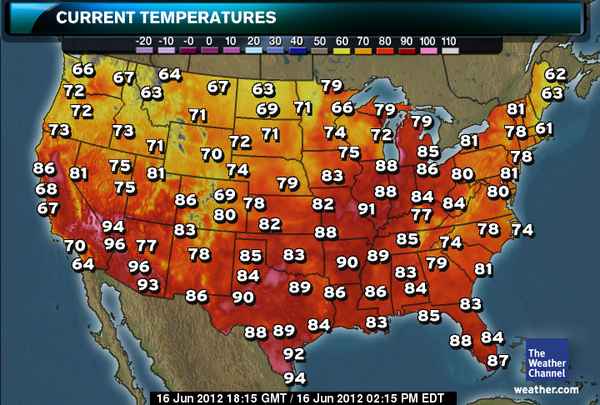A reader wrote for help with a computational problem. He has a vector of length N and the vector contains integer values in the range [1, 120], which represent months for which events occurred over a 10-year period. The question is: what is the 24-month period for which the most
Author

This is a third post on newspaper stories that I recently read. Today's post deals with science, politics, and rising sea levels. Incidentally, the title is a blatant reference to John Allen Paulos's brilliant book, A Mathematician Reads the Newspaper. Senate approves law that challenges sea-level science The NC legislature

This is my second post on some newspaper articles that I recently read. Today's post deals with academic fraud. Questions linger in academic fraud case Over the past year, the News and Observer has occasionally reported on a scandal at the University of North Carolina at Chapel Hill in which

This past weekend was Father's Day, so I took some time to relax and read the newspaper. I found several stories that suggested interesting statistical questions. Unfortunately, the data are not available for analysis. Nevertheless, the stories are worth sharing. Over the next few days, I'll post my thoughts on

To celebrate special occasions like Father's Day, I like to relax with a cup of coffee and read the newspaper. When I looked at the weather page, I was astonished by the seeming uniformity of temperatures across the contiguous US. The weather map in my newspaper was almost entirely yellow

A collegue who works with time series sent me the following code snippet. He said that the calculation was overflowing and wanted to know if this was a bug in SAS: data A(drop=m); call streaminit(12345); m = 2; x = 0; do i = 1 to 5000; x = m*x

"Help! My simulation is taking too long to run! How can I make it go faster?" I frequently talk with statistical programmers who claim that their "simulations are too slow" (by which they mean, "they take too long"). They suspect that their program is inefficient, but they aren't sure why.

I recently read a blog post in which a SAS user had to rename a bunch of variables named A1, A2,..., A10, such as are contained in the following data set: /* generate data with variables A1-A10 */ data A; array A[10] A1-A10 (1); do i = 1 to 10;

In the SAS/IML language, a user-defined function or subroutine is called a module. Modules are used to extend the capability of the SAS/IML language. In my blog posts, I usually define a module in a PROC IML session and then immediately use it. However, sometimes it is useful to store

In the SAS/IML language, a user-defined function or subroutine is called a module. Modules are used to extend the capability of the SAS/IML language. Usually you need to explicitly load modules before you use them, but there are two cases where PROC IML loads a module automatically. Modules in IMLMLIB

